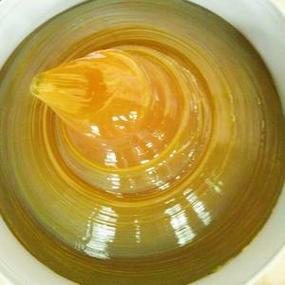Top Industrial Non-Lubricated Bearings Suppliers: Key Factors to Consider in 2024
Industrial non-lubricated bearings are critical components in machinery requiring minimal maintenance and high durability. These specialized bearings operate without external lubrication, reducing contamination risks and operational downtime. This article explores top suppliers, selection criteria, and industry-specific applications to help businesses make informed purchasing decisions.
1. industrial non-lubricated bearings suppliers2. applications of dry lubrication bearings
3. non-lubricated bearing manufacturers
4. maintenance-free industrial bearings
5. customized dry-running bearings
1. Industrial Non-Lubricated Bearings Suppliers

Selecting reliable industrial non-lubricated bearings suppliers requires evaluating certifications like ISO 9001 and industry-specific compliance. Top suppliers such as SKF and Igus invest in self-lubricating polymer technologies, ensuring bearings withstand extreme temperatures (up to 250°C) and corrosive environments. Key considerations include load capacity (static/dynamic), PV limits, and material compatibility with operational media. Leading providers offer comprehensive technical support, including Finite Element Analysis (FEA) simulations to predict bearing performance under actual working conditions. Third-party validation through platforms like Thomasnet or Engineering360 enhances supplier credibility verification.
2. Applications of Dry Lubrication Bearings
Dry lubrication bearings are indispensable in food processing (FDA-compliant models), pharmaceutical cleanrooms, and underwater hydraulic systems. Their contamination-free operation makes them ideal for semiconductor manufacturing where particulate generation must remain below 0.1 microns. Mining equipment utilizes tungsten-carbide-coated variants resisting abrasive slurry wear, while aerospace applications demand carbon-graphite composites with CTE matching steel housings. Recent advancements include graphene-enhanced bearings reducing friction coefficients to 0.02 – outperforming traditional oil-lubricated systems in vacuum chamber applications.
3. Non-Lubricated Bearing Manufacturers
Specialized non-lubricated bearing manufacturers like GGB and Saint-Gobain develop proprietary materials such as DX10 – a PTFE-fiber composite achieving 50% lower wear rates than standard bronze bearings. Production processes incorporate automated impregnation systems ensuring consistent lubricant distribution (typically 15-25% PTFE by volume). Customization options span from 3mm micro-bearings for robotics to 2-meter-diameter slewing rings for wind turbines. Leading manufacturers provide accelerated life testing reports, documenting 10,000 hour operational durability under ISO 4385 standardized conditions.
4. Maintenance-Free Industrial Bearings
Modern maintenance-free industrial bearings integrate solid lubricants (MoS2, graphite) within layered steel substrates using cold-welding techniques. The latest designs feature adaptive clearance systems compensating for thermal expansion – critical in steel mills with 500°C thermal cycling. Food-grade variants utilize USDA H1-approved silicone oils embedded in porous bronze matrices. Case studies show 87% reduction in conveyor system downtime when implementing maintenance-free bearings in automotive paint shops, with ROI achieved within 14 months through eliminated lubrication labor costs.
5. Customized Dry-Running Bearings
Custom dry-running bearings solve unique engineering challenges through parametric design software allowing 0.001mm precision in dimensional tolerances. Medical imaging equipment requires non-magnetic beryllium-copper alloys with 0.5µm surface finishes, while offshore oil rigs need bearings combining galvanic corrosion resistance (ASTM B117 salt spray rating >1000hrs) with 200MPa compressive strength. Rapid prototyping services deliver functional samples within 72 hours using SLS 3D printing with PEEK-OPTIMA materials. Successful implementations include customized flange bearings reducing vibration in high-speed turbines by 62% through optimized groove patterns.
Understanding these five critical aspects – from supplier selection to customization – empowers engineers to optimize bearing performance while reducing total ownership costs. The following sections detail how material innovations and digital sourcing tools are transforming procurement processes for dry lubrication systems across industries. Discover why 73% of maintenance managers report extended equipment lifespan after switching to advanced non-lubricated bearing solutions.
This comprehensive guide demonstrates that selecting appropriate industrial non-lubricated bearings involves technical specifications analysis, supplier capability assessment, and lifecycle cost calculations. By implementing the outlined strategies, businesses can achieve 30-50% longer bearing service life while meeting stringent operational and regulatory requirements across diverse industrial applications.




 13869596835
13869596835